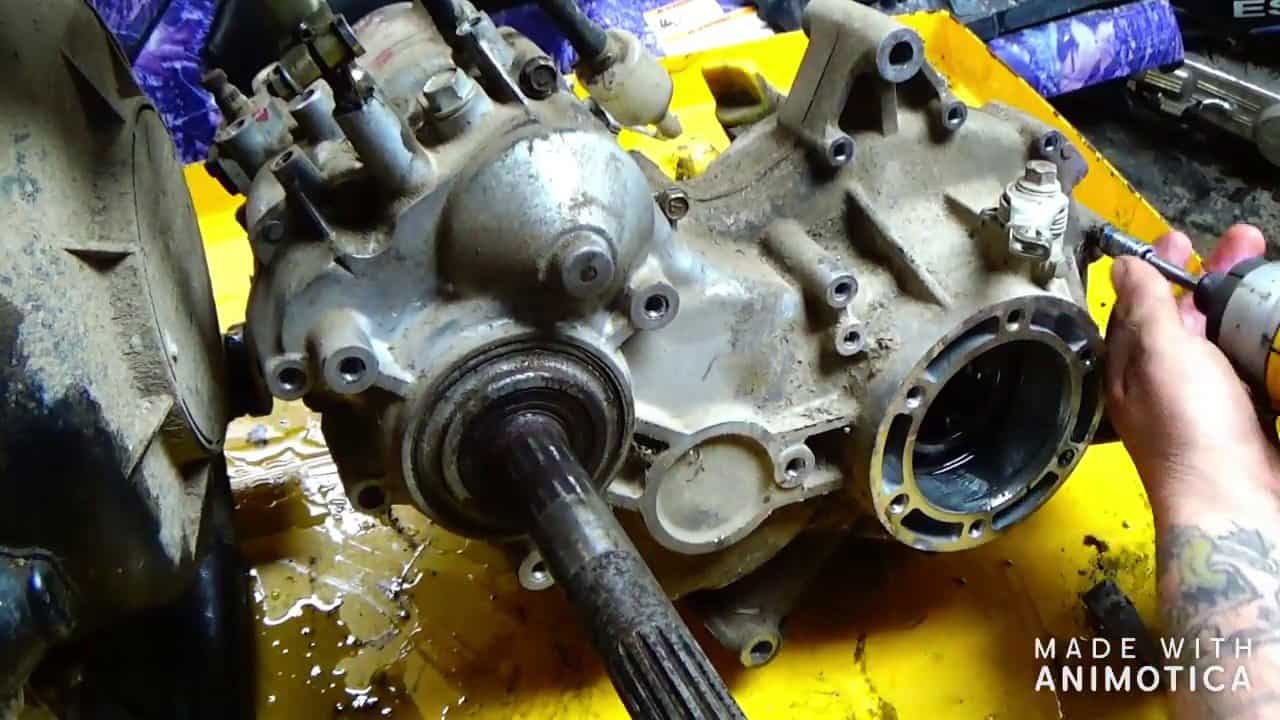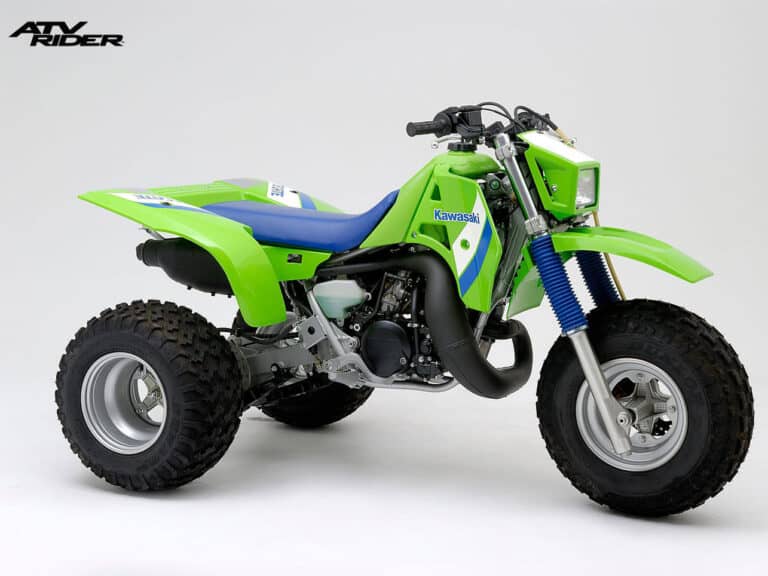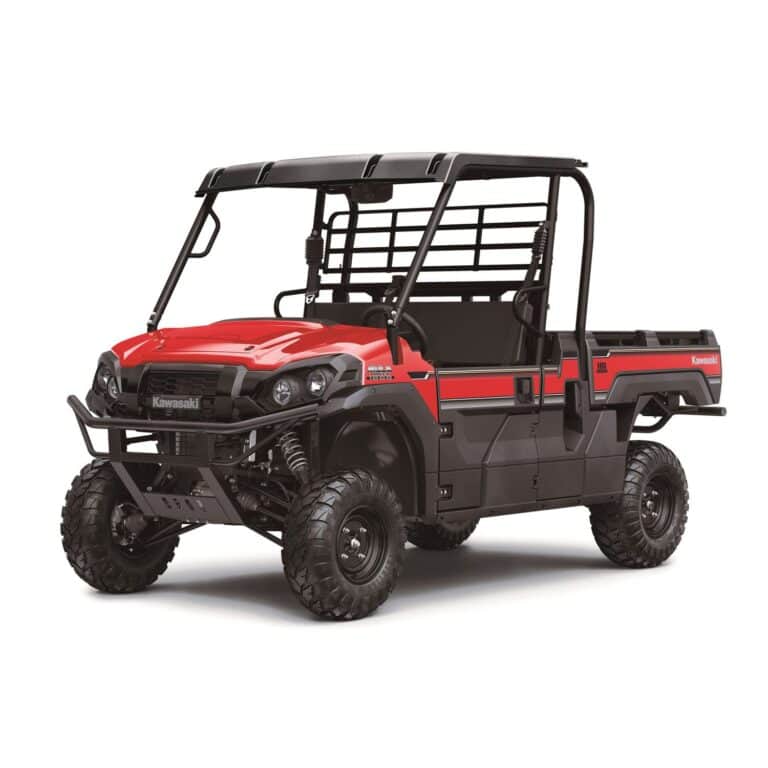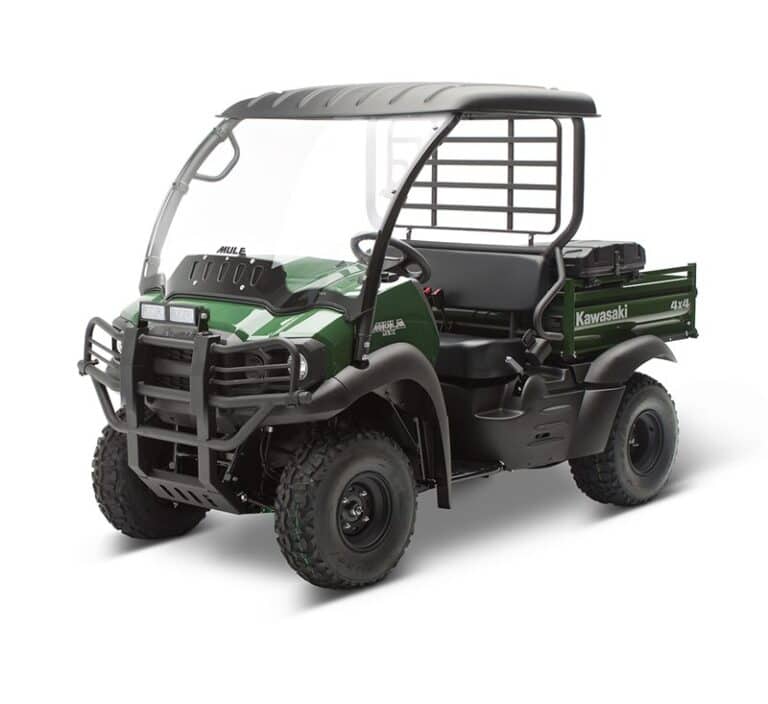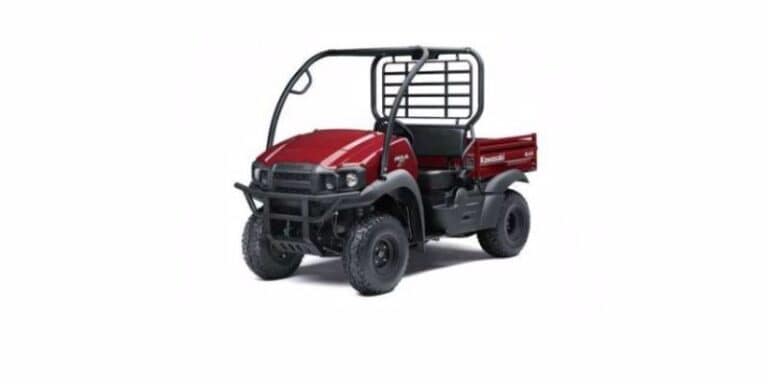Kawasaki Mule Transmission Problems: Quick Fixes & Tips
If you own a Kawasaki Mule, you know how important it is to keep it in good shape. The transmission is a vital part of your Mule. If it has problems, it can lead to bigger issues. In this article, we will explore common Kawasaki Mule transmission problems. We will also give you tips on how to fix them.
Understanding the Transmission
The transmission in your Kawasaki Mule helps transfer power from the engine to the wheels. It allows the vehicle to move smoothly. A well-functioning transmission is essential for performance. If there are any issues, you may notice strange sounds or poor performance.
Common Kawasaki Mule Transmission Problems
Many Kawasaki Mule owners face transmission problems. Here are some of the most common issues:
- Slipping Transmission: The vehicle may feel like it is losing power.
- Strange Noises: You might hear grinding or clunking sounds.
- Difficulty Shifting: Changing gears may become hard or sticky.
- Fluid Leaks: You may notice transmission fluid leaking under your Mule.
- Overheating: The transmission can get too hot, leading to failure.
Causes of Transmission Problems
Several factors can lead to transmission issues in your Kawasaki Mule. Understanding these can help you prevent problems:
1. Low Transmission Fluid
Low fluid levels can cause slipping and overheating. Check your fluid levels regularly.
2. Worn Out Parts
Over time, gears and bearings can wear down. This wear can cause noise and shifting issues.
3. Contaminated Fluid
Dirty or contaminated fluid can lead to poor performance. It is important to change the fluid regularly.
4. Improper Maintenance
Skipping maintenance can lead to serious problems. Always follow the maintenance schedule.
Troubleshooting Transmission Problems
When you notice issues, it’s important to troubleshoot. Here are some steps to follow:
Step 1: Check Transmission Fluid
Start by checking the fluid level. Add fluid if it is low. Make sure to use the correct type of fluid.
Step 2: Look For Leaks
Inspect the ground under your Mule. Look for signs of fluid leaks. If you find any, identify the source.
Step 3: Listen For Noises
Pay attention to any strange sounds. Grinding or clunking can indicate serious issues.
Step 4: Test Shifting
Try shifting gears while the engine is running. If it is hard to shift, there may be a problem.
When to Seek Professional Help
If you cannot identify the problem, it may be time to call a professional. Here are some signs that you need expert help:
- Fluid levels do not stay consistent.
- You notice burning smells.
- Shifting issues persist despite checking fluid.
- You find major leaks.
Preventing Transmission Problems
Prevention is always better than cure. Here are some tips to keep your transmission healthy:
1. Regular Maintenance
Follow the maintenance schedule in your owner’s manual. Regular checks can help catch problems early.
2. Change Transmission Fluid
Change the fluid according to the schedule. This helps keep the transmission clean.
3. Check For Leaks
Regularly inspect your Mule for fluid leaks. Address leaks immediately to prevent damage.
4. Be Mindful Of Overloading
Do not overload your Kawasaki Mule. Excess weight can strain the transmission.

Credit: m.youtube.com
Credit: www.kawieriders.com
Frequently Asked Questions
What Are Common Kawasaki Mule Transmission Issues?
Common issues include slipping gears, grinding noises, and difficulty shifting.
How To Diagnose Kawasaki Mule Transmission Problems?
Check for unusual sounds, fluid leaks, and test shifting performance.
Can I Fix Kawasaki Mule Transmission Myself?
Basic issues like fluid changes can be DIY, but complex repairs may require professional help.
What Causes Slipping In Kawasaki Mule Transmission?
Low fluid levels, worn clutches, or faulty linkage often lead to slipping.
Conclusion
Kawasaki Mule transmission problems can be frustrating. However, understanding the signs and causes can help you. Regular maintenance is key to avoiding issues. Always listen to your vehicle. If you notice any strange sounds or problems, don’t hesitate to check it out.
By following these tips, you can keep your Kawasaki Mule running smoothly. Enjoy your rides without worrying about transmission issues!
FAQs
1. How Often Should I Change The Transmission Fluid?
It is recommended to change the fluid every 12,000 miles or once a year.
2. Can I Drive My Mule With Transmission Problems?
No, driving with transmission issues can cause more damage. It is best to fix it first.
3. What Type Of Transmission Fluid Should I Use?
Always refer to your owner’s manual for the correct type of fluid.
4. How Can I Tell If My Transmission Is Overheating?
You may notice a burning smell or see a warning light on the dashboard.
5. What Should I Do If I Find A Leak?
Identify the source of the leak. If you can’t, consult a mechanic.

